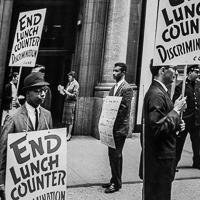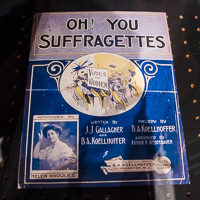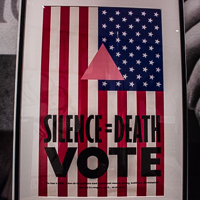
About the Collection
There are endless ways to tell the story of New York City: through its buildings, its art, its environment, its populations, its great women and men. Attune to the zeitgeist, the museum has chosen to tell the story of New York through the history of its political and social activism. New York is a city of change and much of that change has been driven by organized protest (and occasional riots). As goes New York, so goes the nation--an in some ways, the world.

What You Will See
The exhibit selects several political debates, both historical and contemporary, and explores how events and individuals in New York City contributed to the outcome. Artifacts from the days of abolition, prohibition, and universal suffrage through the tumultuous mid-century issues of civil rights, Vietnam, and nuclear arms, up through the modern, unresolved questions of immigration, transportation, and discrimination. It is a fascinating way to revisit history and get to know the city better.

Why You Should Go
Names and dates and landmarks tell one story of New York (and you can see that story downstairs in New York at its Core). But to get to know the people--not the historical figures, but the workaday New Yorkers--you need a history of their energy and passion. What motivates them to push for change? How does a melting pot city densely populated with immigrants from every language, culture, and religion around the worldview issues differently than the rest of the nation? How was the city of today influenced by the campaigns, protests, slogans, and riots of yesterday? And, ultimately, how do we assume the mantle and affect change on contemporary issues like the labor leaders, suffragettes, abolitionists and civil rights marchers before us? This is a rare exhibit that looks backward and forwards at the same time.




